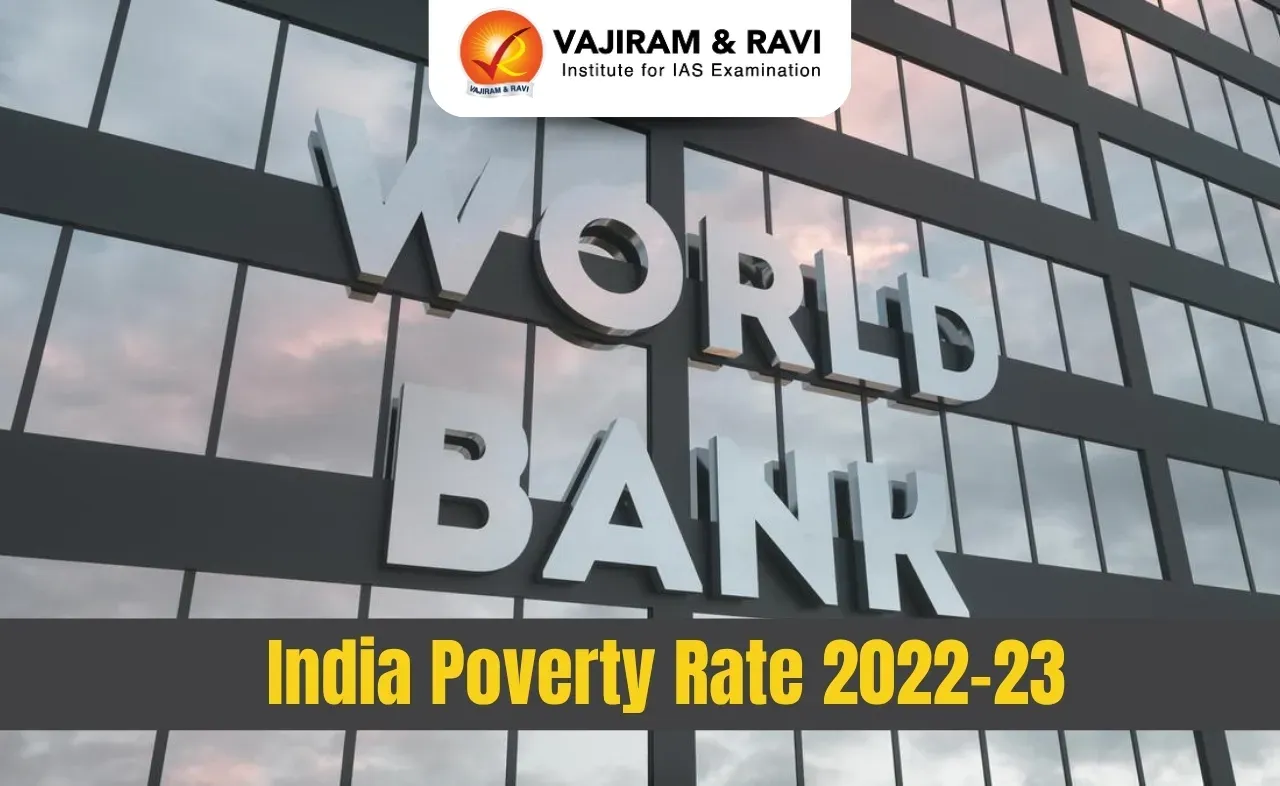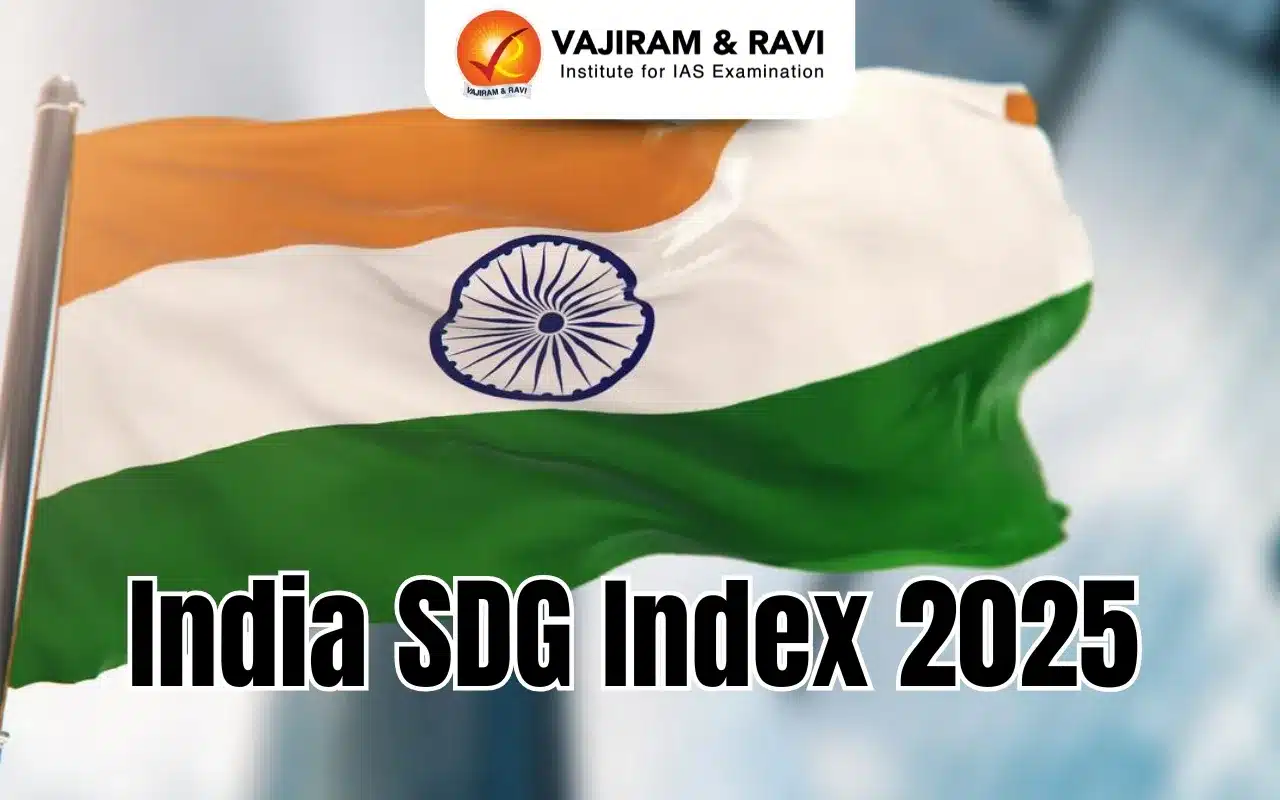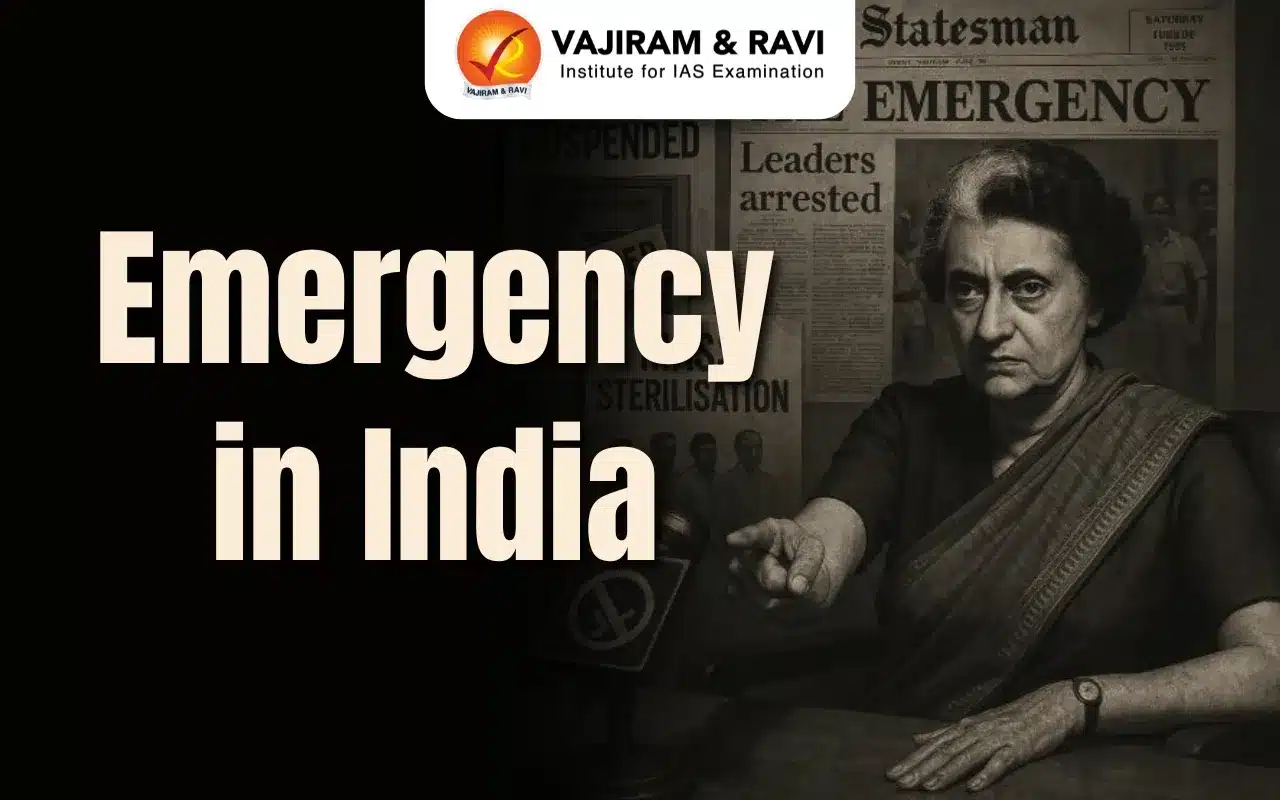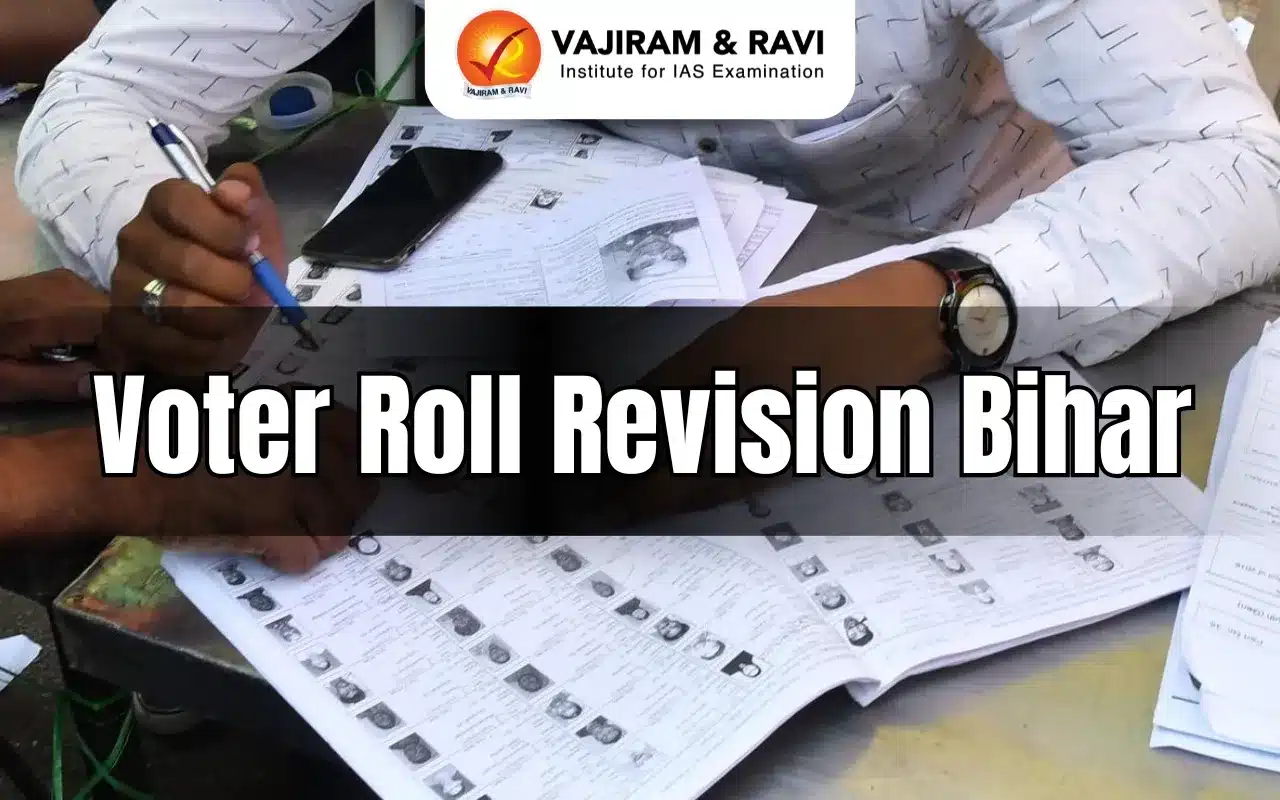India’s Poverty Rate Latest News
- India’s extreme poverty fell to 5.3% in 2022-23 from 27.1% in 2011-12, a much sharper decline than in previous decades, the World Bank said, releasing updated data..
Introduction
- India has recorded a significant decline in extreme poverty over the past decade, according to the latest estimates by the World Bank using an updated threshold of $3 per day in 2021 PPP terms.
- The new estimates reflect India’s resilience and progress in reducing poverty, even after adjusting for inflation and other macroeconomic changes.
Revised Global Poverty Thresholds
- In 2022-23, the World Bank raised the extreme poverty line from $2.15 per day to $3 per day (in 2021 PPP terms) to better reflect cost-of-living increases across developing nations.
- This adjustment shifts the global benchmark for poverty measurement, thereby increasing the comparability and relevance of data across time.
- At this $3/day level, the share of India’s population living in extreme poverty is estimated to be 5.3%, a steep fall from 27.1% in 2011-12.
- In absolute terms, the number of people living in extreme poverty has decreased from 344 million to just over 75 million in this period.
India’s Progress under Different Poverty Lines
- At the $2.15/day line (previous international standard based on 2017 PPP), India’s extreme poverty rate stood at 2.3% in 2022, compared to 16.2% in 2011-12.
- Under the lower-middle-income country (LMIC) poverty line, now revised to $4.20/day (up from $3.65/day), India’s poverty rate fell from 57.7% to 23.9% in the same period.
- Interestingly, while the nominal poverty line has been raised, the new threshold of $4.20/day is effectively lower for India compared to an inflation-adjusted $4.40/day line, thus explaining the decline in poverty rate even under the revised standard.
Demographic and Educational Inequities in Poverty
- The World Bank’s data also highlight disparities based on geography and education:
- Rural Poverty: Dropped from 69% in 2011-12 to 32.5% in 2022-23 under the $3.65/day line.
- Urban Poverty: Declined from 43.5% to 17.2% in the same period.
- Educational Disparities: 35.1% of Indians aged 16+ with no formal schooling live below the poverty line, compared to just 14.9% among those with post-secondary education.
Multidimensional Poverty Indicators
- Apart from income-based poverty, India has also seen improvement in non-monetary dimensions of deprivation:
- World Bank’s MPI: India’s non-monetary poverty fell from 53.8% in 2005-06 to 15.5% in 2022-23.
- NITI Aayog Estimates: Show a reduction in multidimensional poverty from 29.17% in 2013-14 to 11.28% in 2022-23.
- Indicators used include access to clean drinking water, electricity, sanitation, and educational enrolment.
Consumption Trends and Economic Implications
- The decline in poverty is also supported by rising consumption levels:
- Rural Monthly Per Capita Expenditure (MPCE): Increased from ₹1,430 in 2011-12 to ₹2,079 in 2023-24 (at 2011-12 prices).
- Urban MPCE: Rose from ₹2,630 to ₹3,632 during the same period, reflecting an overall improvement in living standards.
- This consumption-driven growth supports the argument that India’s poverty reduction has been broad-based and sustained, aligning with macroeconomic recovery and welfare reforms.
Conclusion
- India’s progress in reducing poverty, even under the revised and more rigorous international benchmarks, underscores its achievements in economic development, social welfare, and infrastructure delivery.
- While challenges remain in addressing inter-group disparities and improving human capital, the data indicate a decisive shift toward a more inclusive growth model.
- The full data for 2023-24 will be released in October 2025 under the World Bank’s Poverty and Inequality Platform (PIP), potentially offering more insights into India’s poverty trajectory in the post-pandemic era.
India’s Poverty Rate FAQs
Q1. What is India’s extreme poverty rate at the $3/day threshold in 2022-23?
Ans. India’s extreme poverty rate stood at 5.3% in 2022-23 under the World Bank’s $3/day poverty line.
Q2. How many people in India were living in extreme poverty in 2022-23?
Ans. Approximately 75.24 million people in India were living in extreme poverty in 2022-23.
Q3. What is India’s poverty rate under the revised LMIC line of $4.20/day?
Ans. The poverty rate under the $4.20/day LMIC line fell to 23.9% in 2022-23.
Q4. What is the trend in rural and urban poverty under the $3.65/day line?
Ans. Rural poverty fell from 69% to 32.5%, and urban poverty declined from 43.5% to 17.2% between 2011-12 and 2022-23.
Q5. What does the Multidimensional Poverty Index (MPI) indicate for India?
Ans. India’s MPI-based non-monetary poverty fell from 53.8% in 2005-06 to 15.5% in 2022-23.
Last updated on June, 2025
→ UPSC Notification 2025 was released on 22nd January 2025.
→ UPSC Prelims Result 2025 is out now for the CSE held on 25 May 2025.
→ UPSC Prelims Question Paper 2025 and Unofficial Prelims Answer Key 2025 are available now.
→ UPSC Calendar 2026 is released on 15th May, 2025.
→ The UPSC Vacancy 2025 were released 1129, out of which 979 were for UPSC CSE and remaining 150 are for UPSC IFoS.
→ UPSC Mains 2025 will be conducted on 22nd August 2025.
→ UPSC Prelims 2026 will be conducted on 24th May, 2026 & UPSC Mains 2026 will be conducted on 21st August 2026.
→ The UPSC Selection Process is of 3 stages-Prelims, Mains and Interview.
→ UPSC Result 2024 is released with latest UPSC Marksheet 2024. Check Now!
→ UPSC Toppers List 2024 is released now. Shakti Dubey is UPSC AIR 1 2024 Topper.
→ Also check Best IAS Coaching in Delhi
Tags: india’s poverty rate mains articles upsc current affairs upsc mains current affairs












